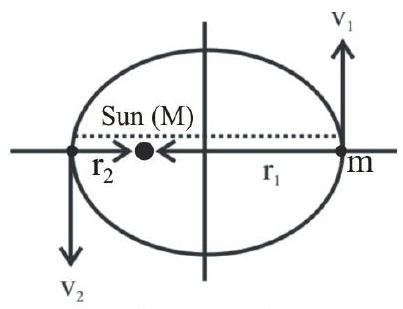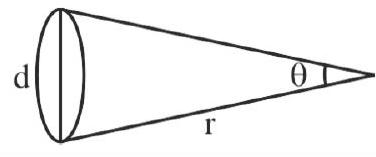138642 Two planets $A$ and $B$ of equal mass are having their period of revolutions $T_{A}$ and $T_{B}$ such that $T_{A}=2 T_{B}$. These planets are revolving in the circular orbits of radii $r_{A}$ and $r_{B}$ respectively. Which out of the following would be the correct relationship of their orbits ?
138642 Two planets $A$ and $B$ of equal mass are having their period of revolutions $T_{A}$ and $T_{B}$ such that $T_{A}=2 T_{B}$. These planets are revolving in the circular orbits of radii $r_{A}$ and $r_{B}$ respectively. Which out of the following would be the correct relationship of their orbits ?
138642 Two planets $A$ and $B$ of equal mass are having their period of revolutions $T_{A}$ and $T_{B}$ such that $T_{A}=2 T_{B}$. These planets are revolving in the circular orbits of radii $r_{A}$ and $r_{B}$ respectively. Which out of the following would be the correct relationship of their orbits ?
138642 Two planets $A$ and $B$ of equal mass are having their period of revolutions $T_{A}$ and $T_{B}$ such that $T_{A}=2 T_{B}$. These planets are revolving in the circular orbits of radii $r_{A}$ and $r_{B}$ respectively. Which out of the following would be the correct relationship of their orbits ?


